
Electric vehicles lost their initial momentum in the early 20th century, overshadowed by the rise of gasoline-powered cars and innovations like the Ford Model T. For much of the 20th century, electric vehicles faded into the background—until the 1990s, when rising environmental concerns, oil crises, and the need for cleaner transportation sparked the revival of electric vehicles.
What started as small, regulatory-driven projects soon evolved into a global shift in automotive technology. As electric cars returned to the roads, new innovations and players reshaped the market, setting the stage for the electric revolution of the 21st century.
The 1990s: The Spark of the EV Comeback
The modern resurgence of electric vehicles (EVs) began in the 1990s, fueled by growing environmental concerns and a recognition of the finite nature of fossil fuels. A key moment came with California’s Zero Emission Vehicle (ZEV) mandate in 1990. This regulation forced automakers to develop and sell electric vehicles if they wanted to continue operating in the state.
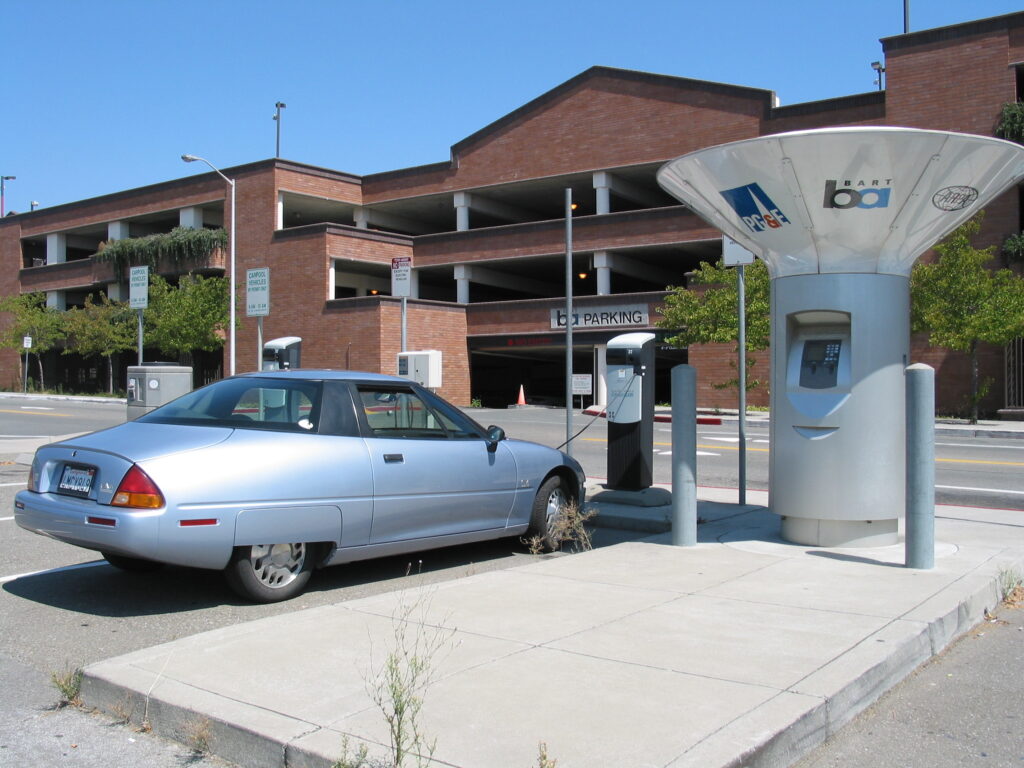
In response, General Motors (GM) launched the EV1 in 1996, a car that would become a pioneering symbol in the EV revolution. With a range of 70 to 100 miles per charge, the EV1 was ahead of its time, yet GM discontinued it in 2003, citing high production costs and limited consumer demand. The controversial decision to reclaim and destroy most of the EV1s left many questioning GM’s commitment to electric transportation.
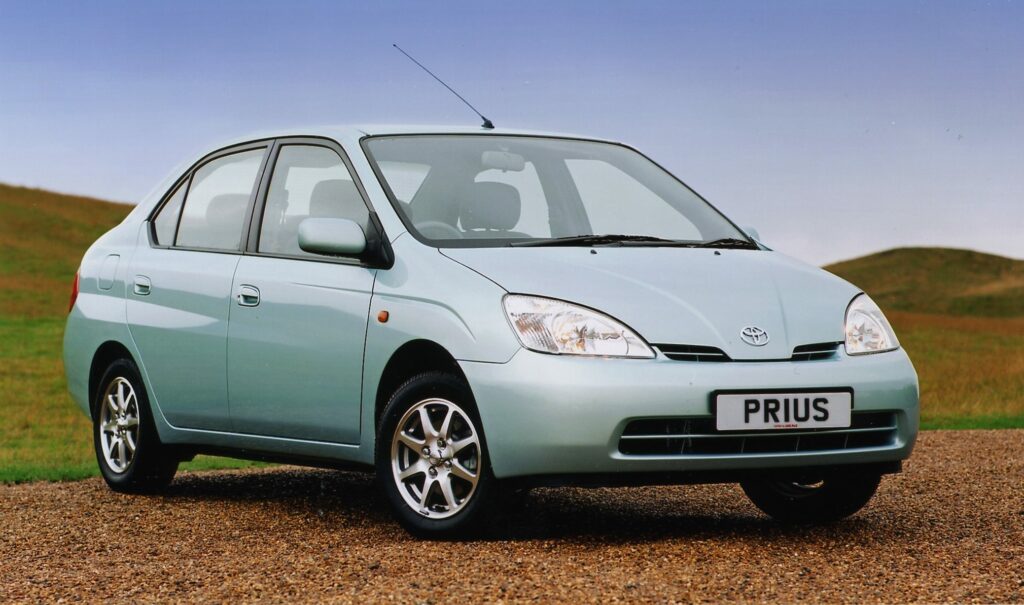
Meanwhile, Toyota (TM) introduced the Prius in 1997, the world’s first mass-produced hybrid vehicle. The Prius combined a gasoline engine with an electric motor, offering drivers both fuel efficiency and the convenience of traditional gasoline. This hybrid approach eased consumers into the idea of electric technology, marking a significant milestone in the transition to more eco-friendly vehicles.
Tesla’s Game-Changing Impact on the EV Market
The landscape of electric vehicles changed dramatically in 2008 with the debut of the Tesla Roadster. For the first time, an electric car offered more than 200 miles of range, combined with sports car-level performance. The Roadster wasn’t just fast—it made electric cars desirable in a way that they had never been before.
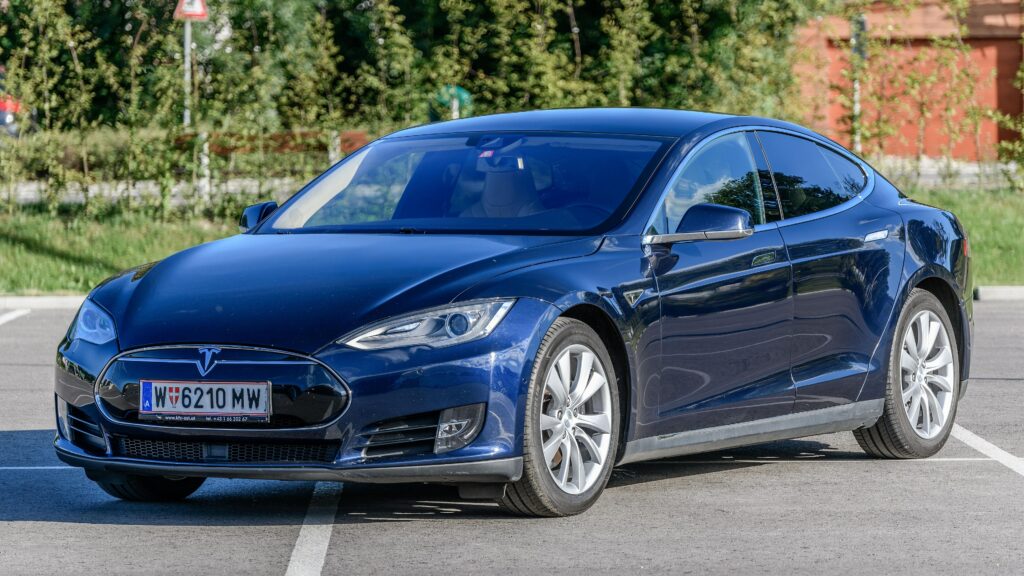
Tesla’s (TSLA) real breakthrough, however, came in 2012 with the launch of the Model S. This luxury sedan combined high performance with a range of up to 370 miles, challenging the perception that EVs were only for short trips or eco-conscious drivers. Tesla continued to build on this success with the Model 3, introduced in 2017.
The Model 3 was Tesla’s more affordable option, yet it maintained the performance and range that the company had become known for, pushing electric vehicles further into the mainstream.

One of Tesla’s most significant contributions to the EV industry was the creation of its Supercharger network, allowing Tesla drivers to charge their vehicles quickly while on long trips. This network addressed the range anxiety that had long been a barrier to EV adoption, making electric cars a viable option for long-distance travel.
The Expansion of the EV Market: Key Models and Breakthroughs
After Tesla’s success, many automakers began to roll out their own electric vehicles, each bringing new innovations to the market. The Nissan (NSANY) Leaf, launched in 2010, became the world’s best-selling electric vehicle for several years, offering a range of about 100 miles and appealing to urban drivers.

In 2013, BMW (BMW.DE) entered the electric vehicle market with the i3, a unique and lightweight EV that incorporated carbon fiber to enhance efficiency. The i3’s range, initially between 80 and 150 miles, showed that electric vehicles could be innovative and stylish.
Chevrolet followed with the Bolt in 2016, offering a 238-mile range at a price of around $37,000. This breakthrough model proved that long-range electric vehicles didn’t have to come with a luxury price tag, opening the EV market to a broader audience.
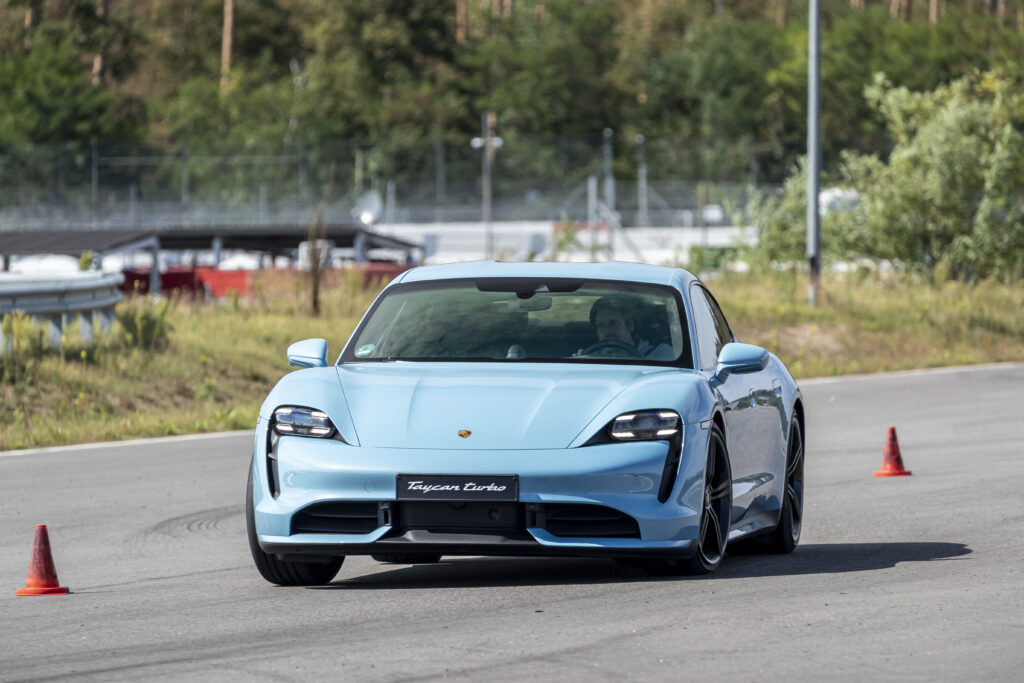
More recently, Porsche (POAHY) made a bold entry into the electric sports car world with the Taycan in 2019. Capable of going from 0 to 60 mph in under 3 seconds, the Taycan showed that electric vehicles could match—if not surpass—the performance of traditional gasoline-powered sports cars.
Technological Breakthroughs in Battery Technology
The evolution of electric vehicles is closely tied to the advancement of battery technology. Early electric cars relied on lead-acid batteries, which were heavy and provided limited range. The introduction of lithium-ion batteries in the 1990s changed the game by offering higher energy density, allowing cars to travel farther on a single charge.

Over the past decade, battery costs have dropped dramatically. In 2010, the price of lithium-ion batteries was about $1,000 per kilowatt-hour (kWh). By 2024, that cost had fallen to less than $130 per kWh, making electric vehicles much more affordable.
These advancements have allowed automakers to increase the range of EVs while making them accessible to more consumers. The next big leap is expected to come from solid-state batteries, which promise longer ranges of up to 750 miles per charge, faster charging times, and greater safety.
Charging Infrastructure: Building a Global Network
In the early days of electric vehicles, charging infrastructure was virtually nonexistent outside of a home garage. However, this has changed dramatically. Tesla’s Supercharger network now boasts over 40,000 stations worldwide, allowing Tesla drivers to quickly recharge their vehicles on long journeys.
Meanwhile, Electrify America, a network built as part of Volkswagen’s Dieselgate settlement, has created one of the largest public charging systems in North America, supporting all electric vehicles.
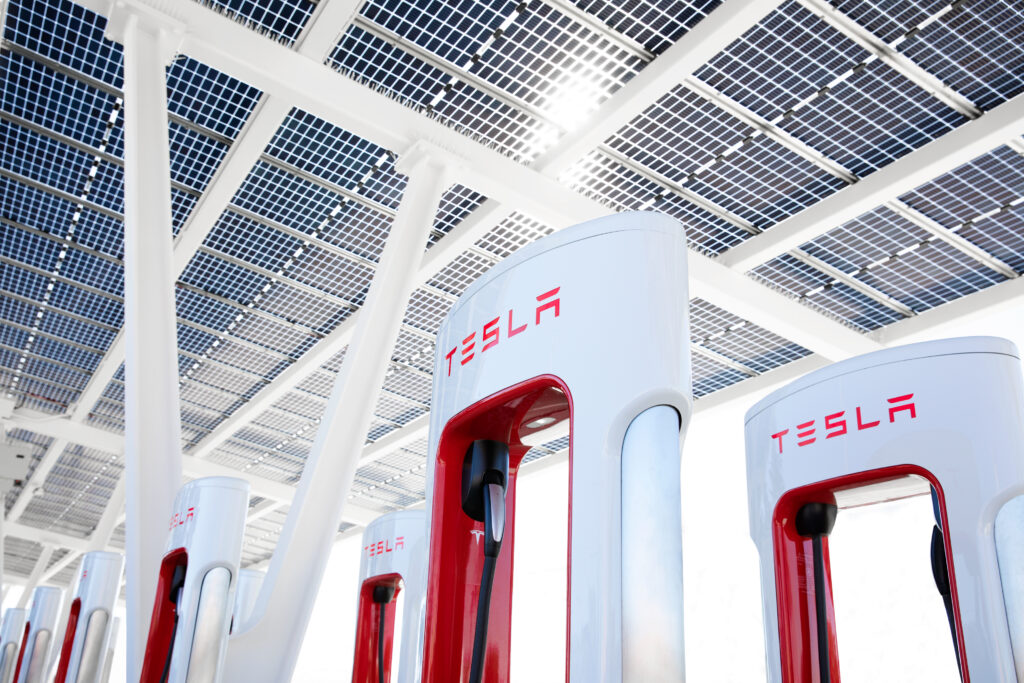
Governments around the world are also playing a crucial role in expanding the charging infrastructure. In the U.S., the Bipartisan Infrastructure Law has allocated $7.5 billion to build 500,000 public chargers by 2030, ensuring that the charging network keeps up with the growing number of EVs on the road.
In Europe, countries like Norway, Germany, and the Netherlands have made significant investments in EV infrastructure, with Norway leading the way in electric vehicle adoption.
EV Adoption Beyond Personal Cars: Commercial and Fleet Vehicles
It’s not just personal vehicles that are going electric—commercial fleets are also making the switch. Amazon, for example, has placed an order for 100,000 electric delivery vans from Rivian as part of its broader effort to reduce carbon emissions. Other companies, such as FedEx and UPS, are following suit, recognizing the long-term cost savings of electric fleets, particularly in terms of fuel and maintenance costs.

Public transportation is also moving toward electrification. Cities around the world are replacing their diesel-powered buses with electric ones to reduce air pollution and lower fuel costs. China is leading this shift, with the majority of its public buses already fully electric, and other nations are gradually adopting similar policies.
The rise of electric trucks is another significant development. Models like the Ford F-150 Lightning, Rivian R1T, and Tesla Cybertruck are making waves in the traditionally gasoline-dominated truck market. For industries that rely on heavy-duty vehicles, electric trucks offer significant cost savings and performance benefits.
Challenges Facing EVs Today
Despite all the progress, electric vehicles still face several challenges. One of the biggest issues is range anxiety, the fear that an electric vehicle won’t have enough battery to complete a journey, particularly in areas where charging stations are less common. While modern EVs offer ranges of over 300 miles, expanding the charging infrastructure will be key to alleviating this concern.

Another significant challenge is the environmental impact of battery production. The mining of materials like lithium, cobalt, and nickel required for lithium-ion batteries raises environmental and ethical concerns. Automakers are researching more sustainable battery technologies, with solid-state batteries being a promising solution that could reduce the environmental footprint of electric cars while enhancing their performance.
Looking Forward: The Future of Electric Vehicles
As electric vehicle technology continues to evolve, the future looks bright for EV adoption. Major automakers such as Ford (F), GM, Volkswagen, and Toyota are investing heavily in electric vehicle research and development, while companies like Tesla and Rivian (RIVN) continue to innovate and push the industry forward.

Advances in battery technology, the growth of charging infrastructure, and the increasing affordability of EVs are all helping to make electric cars more accessible to consumers worldwide. With governments pushing for zero-emission vehicles and companies embracing electrification in both personal and commercial transportation, it’s clear that electric vehicles aren’t just the future—they’re the present.
The transition won’t be without its challenges, but the electric revolution is already underway, reshaping the way we think about cars, energy, and the future of transportation.




